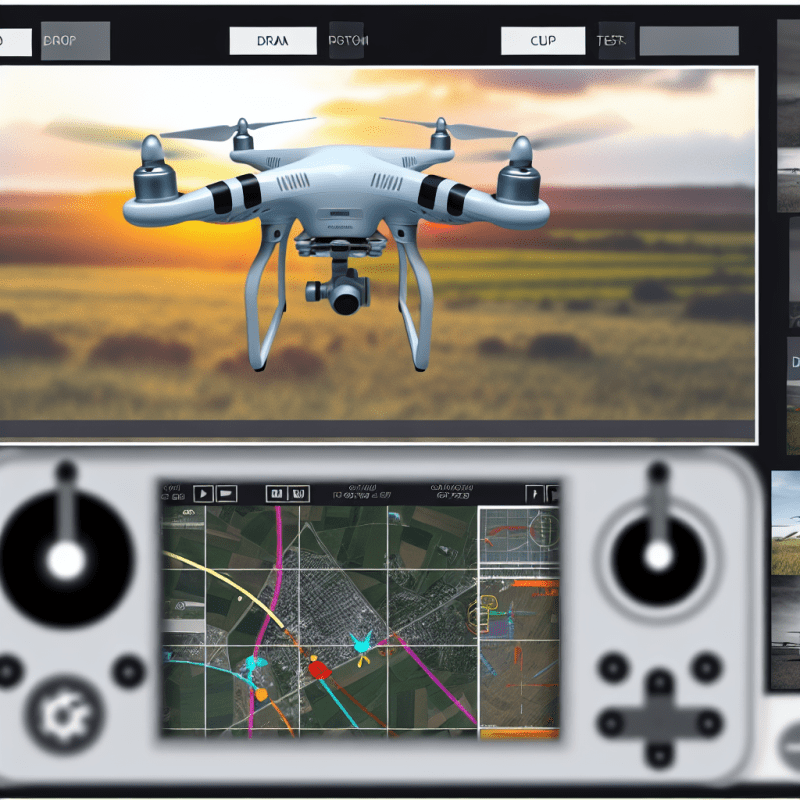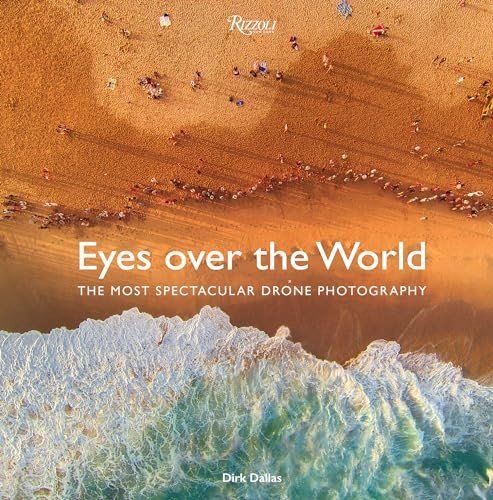If you’re searching for books about drones, this category curates beginner-friendly titles that explain how unmanned aircraft work, how to fly a drone safely, and how to capture great images. You’ll find approachable guides on basic flight control, line of sight operations, airspace rules, and practical aerial photography—so your first take off and hover feel calm, legal, and confident.
Drones Books
The friendliest place to start learning with real, readable guides
Product List

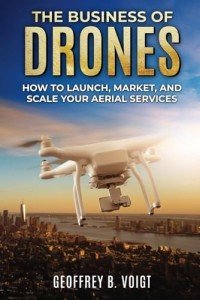
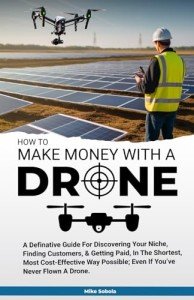
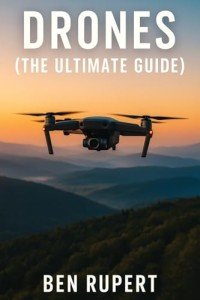
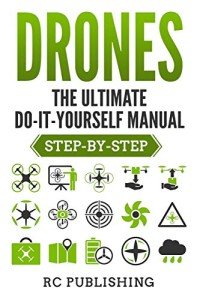
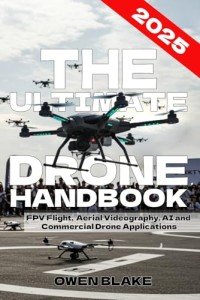
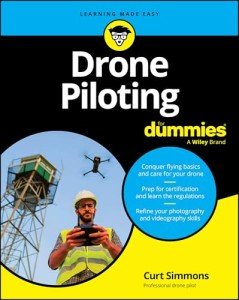
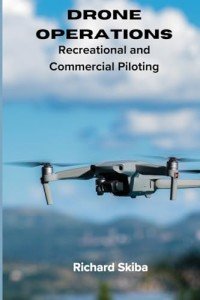
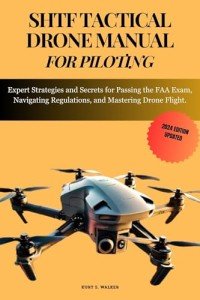
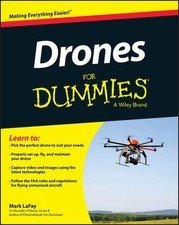
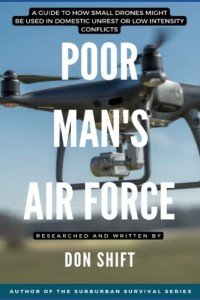
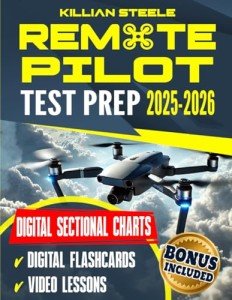
What kinds of books you’ll find here
From “first flights” to more advanced topics, these books about drones cover the full landscape of small unmanned aircraft—often called unmanned aerial vehicles (UAV) or unmanned aircraft systems (UAS). Expect clear explanations, diagrams, and hands on checklists you can actually use at the field.
- Beginner foundations: Getting started with remotely piloted quadcopters/multirotor rotorcraft, basic maneuvers, safe takeoff, hover, and landing; understanding control system basics, radio links, and how modern autopilot and command and control function.
- Rules & safety (US & UK focus): Friendly primers on the Federal Aviation Administration (FAA), aviation safety, the national airspace system, airspace classes, visual line/line of sight standards, see and avoid / sense and avoid / detect and avoid, authorization, airworthiness, and air traffic control etiquette—perfect for recreational hobbyists and the aspiring remote pilot.
- Aerial imaging & mapping: Step-by-step guides to aerial photography, aerial imaging, and imagery workflows; introductions to photogrammetry, remote sensing, geospatial basics, LiDAR, infrared, and smart payload/payloads selection for surveying, inspections, and mapping missions.
- Use cases & industries: Real-world examples across public safety/law enforcement, search and rescue, firefighting/wildfires, precision agriculture, infrastructure inspections, maritime and airports operations—plus tips for data collection, reporting, and staying within civil aviation norms.
- Technology & robotics: How onboard sensors, artificial intelligence, and autonomous/autonomous flight features work; understanding onboard computing, navigation, collision avoidance, data link, ground control station, and flight duration vs. payload trade-offs.
- History, ethics & policy: Context around military drones and defense programs (e.g., Predator, Reaper, Global Hawk, Gray Eagle), the role of DARPA, debates around drone strikes and counterterrorism, and how unmanned vehicles integrate with manned aircraft in shared skies.
You’ll also find buyer-adjacent reading: introductions to popular consumer models (e.g., DJI Phantom, Mavic, Yuneec) to help you interpret specs like altitude, wingspan/size, propeller/rotor types, and camera options—so your reading connects directly to practice.
A beginner’s reading path (start here)
- Flight basics: Choose a plain-English primer on flying a drone, emphasizing aviation fundamentals, hover drills, and simple pattern work.
- Rules you’ll actually use: Move to a short, practical overview of FAA regulations for recreational use—airspace charts, national airspace basics, line of sight, see and avoid, and where remotely piloted aircraft may be flown safely.
- Imaging next: Pick a photography book that covers framing, exposure, and smooth camera moves for aerial drones, then step into mapping with beginner photogrammetry or remote sensing texts.
- Expand thoughtfully: Explore titles on autonomy, collision avoidance, radar and sensing, or specialized topics like precision agriculture and infrastructure inspections.
Skills and terms these books explain in plain English
- Autonomy & control: What autopilot actually does; how flight control responds; why command and control and a reliable data link matter.
- Airspace awareness: Reading basic charts, aviation authority guidance, and air traffic patterns so you don’t conflict with manned aircraft in busy airspace.
- Operational basics: Pre-flight checklists, safe take off/takeoff, maintaining line of sight, and planning missions with realistic flight duration and payload limits.
- Applications: From cinematic aerial photos, mapping imagery, and aerial surveillance for public safety, to hobby drone racing—books translate jargon into steps you can follow.
Glossary seeds you’ll see across titles (demystified as you read)
UAV / UAS / unmanned aerial systems, remotely piloted aircraft, air vehicle / aerial vehicle, autonomously, onboard sensors, payloads, visual line of sight, sense and avoid, remote control and control system, ground control station, airworthiness, authorization, national airspace system, air traffic, collision avoidance, precision agriculture, geospatial mapping, surveying, photogrammetry, infrared, LiDAR.
Who these books are for
Curious hobbyists starting from zero, camera geeks moving into aerial imaging, weekend tinkerers learning robotics and vehicle systems, and anyone who wants a practical path to operate unmanned aerial systems safely and responsibly. Whether you’re reading on the couch or packing a field guide in your kit, these titles make complex topics feel approachable.
